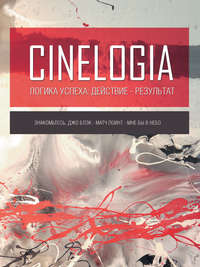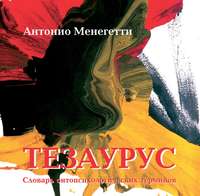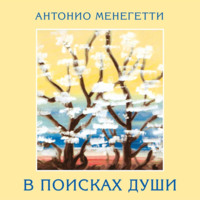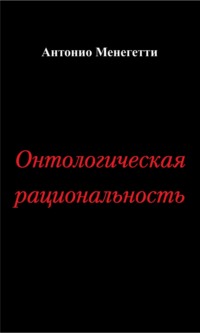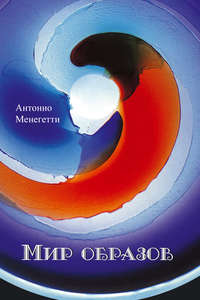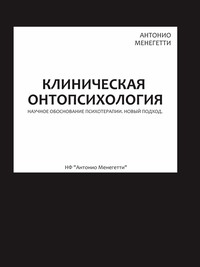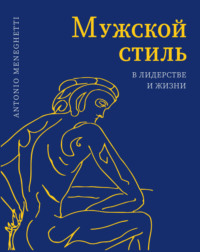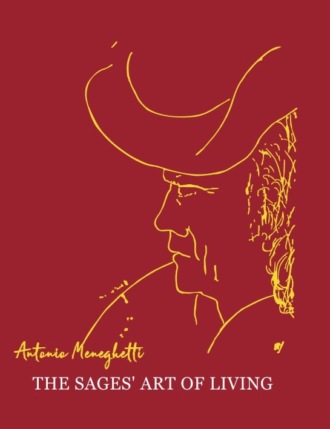
Полная версия
The sages’ art of living

Antonio Meneghetti
The Sages’ Art Of Living
© Meneghetti А. L’arte di vivere dei saggi. Psicologica Ed., 1992, 1999.
© Antonio Meneghetti Scientific Foundation, 2014–2021 (http://meneghetti.ru).
The sage put his hand to his chest and withdrew a handful of objects which he threw to those present. Some were struck and suffered; they didn’t gather the objects, but rather followed their own shadows and remained in ignorance. Others gathered the objects and placed them between the heart and the mind. These became the light and continued the creation…
Antonio Meneghetti
Introduction
The history of a human thought does not know other such book about the highest esthetics.
After having followed many routes, from time to time considering absolute the one I had chosen, I reached the conclusion that each one forms an important part of the truth. Even today, when I meet people confirmed in their beliefs – some that are exemplary and others that are questionable – I have great tolerance, which allows me to understand people to be continuously beginning new paths that represent the many modes of life.
I don’t like to give advice to the so-called adults concerning the truth of some things, partly because they are already spoilt, partly because they are not able to renounce their historical identity, and partly because they are looking to have rather than to be.
However, when I think of young people (those who are fourteen to twenty-one years of age) my heart opens and my spontaneous desire to share knowledge manifests in a youthful way.
I once found that one of my daughters was crying. She told her mother later that she was suffering because she was not able to direct her life in a meaningful way. At first, I said nothing to my daughter. I said to her mother that it was a rather acute crisis, one of tension and anxiety of the metaphysical, something that is typical for a healthy and intelligent adolescent.
Most people, if not all, carry inside themselves a tomb that conceals the remains of their assassinated metaphysical potential. In essence, almost everyone reduces their existence to a biological cycle because they have not realized the ontic attraction of a metaphysical horizon (beyond the existence). The assassination of this call is systematically paid for with anguish.
I have written this book to reinforce that ontic call, to recognize it and to live it. So instead of living to die, life becomes living to be. Consequently anxiety, even when you are aware of it, is not experienced.
Chapter One
Three styles of life

1.1. The difference between living, mastery of living, and art of living
The verb to live (in Italian “vivere”) means running like a force within a force. From the Latin vis сomes force. Vita (life) comes from vis and from the Greek roots of the verb τιυηµι which means to post, give place or materialize; vita therefore means the place or the situation of living. The term “living” (“vivere”) is formed by the identification of a force within a general force. Both the forces, the individual one and the general one, are moving like a current. The ending “-ere” (as with all endings of the Italian verbs (-are, – ere, – ire)) comes from the Latin verb ruere, which means to run, to roll, to exit from, to precipitate, to rotate.
In fact, living signifies an active participation together with any other living being. The tree lives, the bird lives, and the man lives. Living being is used to describe anything that demonstrates constant autonomous self-movement necessary to accomplish all the functions that specify and characterize the individual as being alive. To live is just a natural participation wherein the species is specified as being without other attributes of superior differentiation. It is a biological current.
Based on this definition, to refer to man as living is both ordinary and universal. The individual enters into the rhythm of nature and through this he experiences – from the moment of birth until death – pleasure, health, and pain at various ages. He is born to reach adulthood, conceive, and support children until they become naturally self-sufficient, and then wait for death in accordance with the custom of the culture into which he was born and educated. Everything that is apparently equal to man belongs to him, including laws, traditions, and religion: man can benefit from them, and he is bound to them. Man seen in the dimension of daily naturalistic living can consider himself fulfilled if he is without illness or physical handicaps, knowing that the well-being is secured and that the basic instincts of hunger, thirst, safety, sex, and sociality are satisfied.
Living as if to exist in the “biological heap” is a good thing, and in order to succeed in doing so, one must follow that which is required by the law of the land, the culture of the environment (or of the masses), and the common religion of the country. By the culture of the environment, or of the masses, one must think of all the types of applied sciences specified by the many roles provided for in the actual society: medicine, business, literature, architecture, law or rights, theology, philosophy, sport, music, and the different professions or crafts, from the peasant farmer to the clockmaker or to the computer operator.
The teachers or guardians of this horizon are the family, the priests, the judges, the police, and the doctors.
1.2. The Mastery of Living
The term “mastery” indicates that which is normal for the master, which means way of doing things, by means of a utility or function in a superior or better way than others. Therefore, “mastery” is defined as an attitude carried out with a continuous capability superior to that which others possess. For example, the craft of carpenter or blacksmith is a term applied to those who are able to work with wood or iron and produce better results due to their skill and ability.
Mastery of Living means a way or style of life that is superior to the current norms of the social context. He who masters living is the best in the class, with “class” meaning community. A master of living knows how to do things better than anybody else. He has learnt about the different instruments of living and knows how to use and make them conform exclusively to his own advantage, with the aim of being the best. Everything is relative to his purpose.
He is the one who, instead of being the sheep, wants to be the shepherd. From the biological and social point of view, he wants to gain the intelligence for personal power. He is a leader and his psychology or basic rules of behavior are described in The Prince by Niccolo Machiavelli.
He who knows the mastery of living can, without doubt, consider himself to be superior to many people, and his satisfaction consists of two aspects: superior historic realization (economy, leadership, and affectivity), and consciousness of his own identity and power.
Practically all of these subjects can be identified in those people who are in fact (with or without notoriety) leaders; that is, people of the highest level.
The thing that makes them different from the first way of living is that which will now be described. While the first way of living covers the model (or models) of being absolute and totalitarian in life, the second uses the models simply as a means to an end and observes in them measures that deserve credibility on the part of the others. The first are therefore what they believe, the second use what the others believe.
Those who are identifiable in the mastery of living (though very few) develop their healthy egoism towards a progressive mental gain and a personality cemented in economic means and qualified (the most productive for their purpose) relationships – take for granted that each law may be good, but not definite and absolute.
1.3. The Art of Living
“Art” really means, that which gives form to the underlying force; therefore, that which gives a place to the form of the force. It comes from the basic form of the Latin verb ardere (to burn); a rough image could be the outline of the flames rising in a hearth.
The art of living is the capacity to exert influence on life by means of models of action, which determine a newness of being in the existence. Instead of repeating the cycle of existence, the individual invents ways of behaving of such high power that they allow him to objectify existence as being a natural background to his own personality’s game. In the art of living, the subject uses the existence of life without believing in it; not because he despises or undervalues it. On the contrary, he comprehends it and values it more than others do, but he discovers the ultimate goal, and he lives the rest as theatre.
In the dimensions of the art of living, one can comprehend the continuous danger of things and relationships, exercising daily living with extreme precision. Each relationship or thing has its own measure of time, place, substance, and circumstance. If one mistakenly misses any of these criteria, he will find existence against him and will lose the opportunity of using life as a personal object. The art of living belongs to those rare people who can master life as an act of their own spirit, and they can be defined as sages. “Sage” comes from the Latin “sapiens” that means “wise”. The root is the verb “sapere” (to know) which means to have or to give knowledge. The sage is he who knows and acts with pleasure. Sapience is the technique of taking pleasure from existence.
These differences having been distinguished, it is now clear that I will not stop on the hidden ravines of those who expiate their lives in disease, or who survive in a state of congenital inertness according to the tolerance of the chemical and physiological compounds of their bodies. This kind of life is neurosis. The culture of the system is sufficient for this type of life. For the mastery of living one must discover that which is common in other cultures or in absolute extremist opinions.
Thus, I will now explain some indications and experiences pertaining to the art of living.
Chapter Two
Metaphysics of adolescence
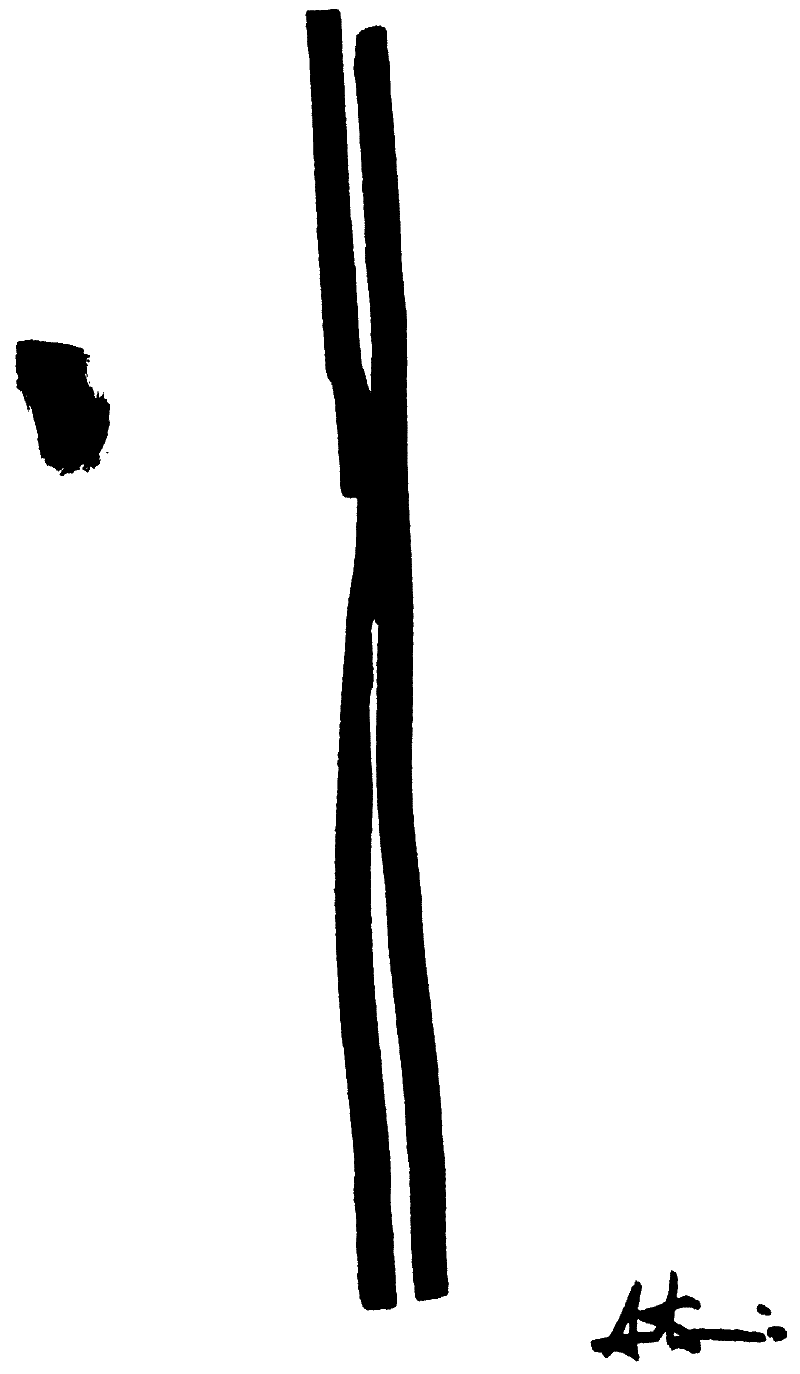
2.1
In many young people, there is an acute tension to be perfect in their own destiny. This thirst to discover a far-off place, where the subject can at last find his own real identity for which he is recognized and loved as unique, can show itself at any age before twenty-four. It creates a general dissatisfaction and hurts in a profound way that is beyond any other instinct or satisfaction. This pain manifests as the fiery tears that seep – invisible – down cheeks. A frustration is experienced that cannot be attributed to any external reason, but is nevertheless so total that doubt remains, whether it is due to an external mistake or to an unconscious personal guilt.
Конец ознакомительного фрагмента.
Текст предоставлен ООО «ЛитРес».
Прочитайте эту книгу целиком, купив полную легальную версию на ЛитРес.
Безопасно оплатить книгу можно банковской картой Visa, MasterCard, Maestro, со счета мобильного телефона, с платежного терминала, в салоне МТС или Связной, через PayPal, WebMoney, Яндекс.Деньги, QIWI Кошелек, бонусными картами или другим удобным Вам способом.


